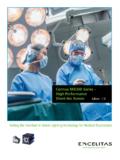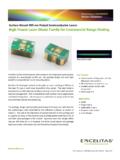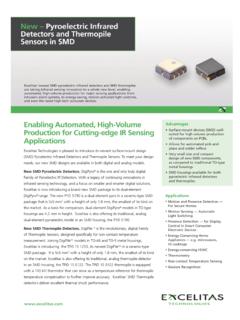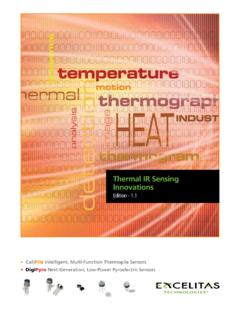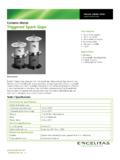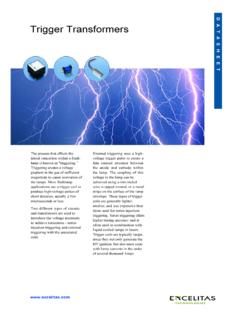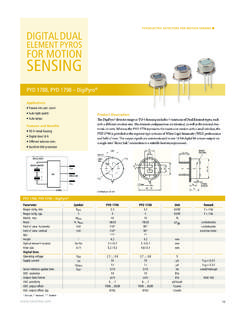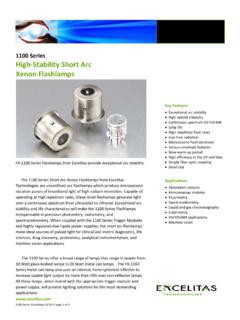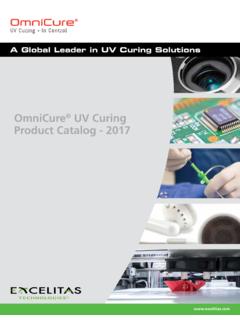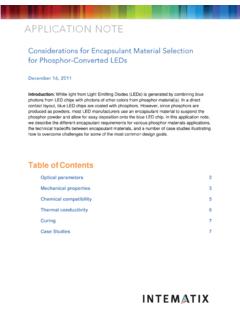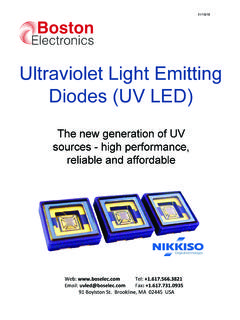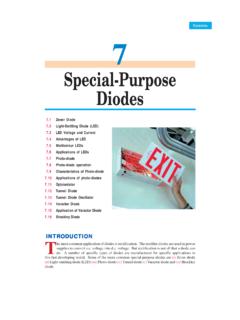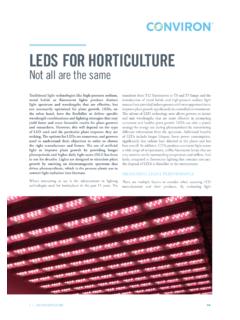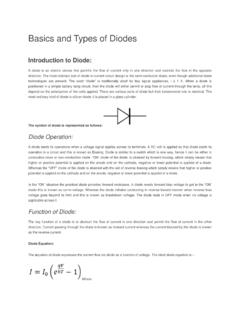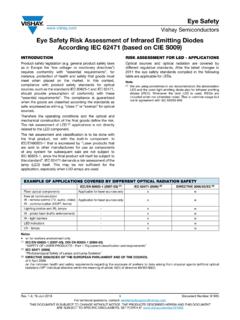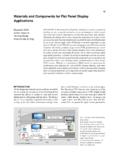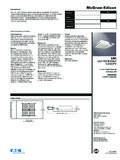Transcription of Fluorescence Microscopy Light Sources - Excelitas
1 2012 Microscopy Light SourcesKavita Aswani,1 Tushare Jinadasa,2 and Claire M. Brown2,3 *1 Life Sciences Division, Lumen Dynamics, 2260 Argentia Rd., Mississauga, Ontario, L5N 6H7, Canada2 Department of Physiology, McGill University, Montreal, Quebec, Canada3 Life Sciences Complex Imaging Facility Director, McGill University, 3649 Promenade Sir William Osler, Bellini Building, Rm137a, Montreal, Quebec, H3G 0B1, Canada* Microscopy techniques are now prevalent throughout the life sciences and many of the physical sciences. These techniques are often dependent on white Light Sources that have evolved from the more traditional mercury arc lamp to metal halide Sources to the more recent Light emitting diodes (LEDs).
2 The newer Light Sources show more uniform power across the visible Light spectrum, allowing for the use of fluorophores and fluorescent proteins outside of the peak wavelengths associated with the more traditional Light Sources . These developments have led to considerable choice on the Fluorescence Light source market, and so a number of questions have arisen: Is it necessary to replace traditional, but trusted, mercury arc lamps? Is photobleaching or phototoxicity an issue with your current Light source? Which Light source should be used for which applications? These questions must be answered before making a choice from the plethora of Light Sources available on the market.
3 This article reviews the pros and cons of several Light Sources and discusses their uses for specific Does Your Fluorescence Microscope Need to Do?To produce a high-quality quantitative Microscopy image, three things need to be achieved: (1) The image of the specimen must be magnified relative to the size of the original object, (2) there must be enough contrast in the image to distinguish the details within the specimen from its surroundings, and (3) there must be sufficient resolution to distinguish between different objects or features within the specimen. All three of these aspects must be realized in order to generate quantitative Fluorescence images (Figure 1).
4 Mercury Arc LampsMercury arc lamps are still found in most research labs. They are often designated by the registered trademark HBO . H is short for the element mercury (Hg), B is the symbol for luminance, and O is the symbol for unforced cooling. These are high-powered white Light Sources that generate many intense bands for Fluorescence excitation across the UV-visible Light spectrum ( ). In fact, many of the traditional dyes were selected to have absorption peaks that specifically corresponded to the mercury spectral peaks for optimal Fluorescence excitation. Mercury arc lamps have the advantage of producing a lot of power at these spectral peaks, as well as being readily available.
5 This Light source also covers the entire visible spectrum; if a new dye is required for a certain application, a filter cube can be purchased at a reasonable cost and used in conjunction with the lamp. One of the disadvantages of mercury arc lamps is a non-uniform illumination across the microscope field of view (Figure 2A and 2B). Because the Light originates from a concentrated arc, bulb alignment is required each time the bulb is changed (newer models have more straightforward alignment procedures). Furthermore, the bulbs have to be replaced every 200 300 hours, the lamp intensity decays over time, and the bulbs contain mercury that must be disposed of as a hazardous waste.
6 For live cell imaging, neutral density (ND) filters must be used to reduce photo bleaching [1] and photo toxicity. Although a large component of the mercury lamp spectrum is ultra-violet (UV) Light , UV blocking filters should be used to minimize UV leakage to living samples. This is because the blocking by dichroics and filters is typically not strong enough to block all of the UV radiation and allow the relatively low-intensity Fluorescence signals through. However, this UV component is ideal for Figure 1: A microscope needs to generate an image of the specimen that is magnified, has high resolution, and optimal contrast.
7 Images were collected of Hoechst nuclear stain (blue), paxillin-EGFP labeled focal adhesions (green), and tubulin antibody stain (red) using a mercury lamp. (A) High magnification and resolution, but not enough contrast. (B) High magnification and contrast, but not enough resolution. (C) High contrast and resolution, but not enough magnification. (D) Ideal image with high magnification, contrast, and 2012 Julyexcitation intensity across the visible spectrum ( ). Metal halide bulbs cost more than twice as much as HBO bulbs, however they last up to 10 times as many hours (~2000). These lamps are pre-aligned, and they deliver Light via a liquid Light guide and microscope adaptor, ensuring uniformity of illumination across the field of view (compare Figure 2A and 2B).
8 In addition, the remote coupling of the lamp also reduces heat at the microscope and allows for remote shuttering of the lamp, reducing potential vibrations of the microscope during time-lapse imaging. Metal halide lamps generate high-quality Fluorescence images (Figure 2C), and a key advantage for quantitative imaging is that the intensity of the bulb is more stable over Emitting Diodes (LEDs)LEDs seem well positioned to take over the market as the Fluorescence Light source of choice [3]. Homemade versions [4] have been around for about 10 years, whereas commercial systems have become available over the last 5 6 years. LEDs are compact and can be built into basic microscope stands.
9 Each LED offers a discrete excitation peak and can be independently and rapidly switched on and off within milliseconds. This minimizes the need for excitation shutters and filters. It should be noted, however, that LEDs in the yellow and green region of the spectrum are fairly broad, covering a range of wavelengths, and they often require some filtering to avoid fluorophore excitation cross-talk. LEDs have a lifetime on the order of 10,000 hours, and they do not generate as much heat as mercury, xenon arc, or metal halide lamps. They do not require any warm-up or cool-down time, the intensity can be precisely controlled, and intensity does not decay over time.
10 They also do not contain mercury, which reduces the amount of hazardous waste relative to mercury or xenon bulbs. Early in their development, the number of wavelengths was limited, and the power of the LEDs was disappointing. However, there are now LED Sources ranging from the UV to the near IR range, and higher-power LEDs are also available. Some LED Light Sources are coupled directly to the microscope, whereas the majority are in a remote combiner, which Fluorescence Microscopy Light Sourcesthe excitation of dyes such as Fura. Mercury arc lamps can be used to collect high-quality quantitative Fluorescence images.

